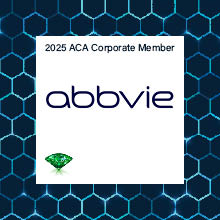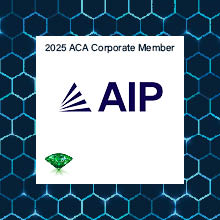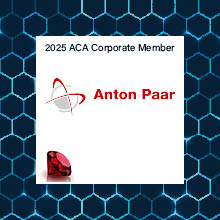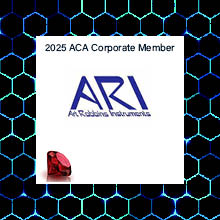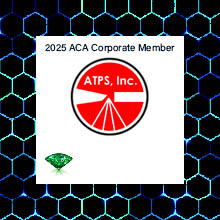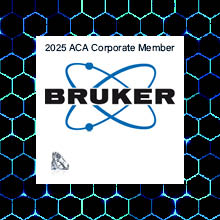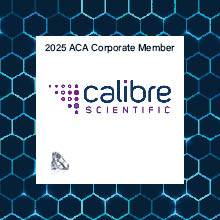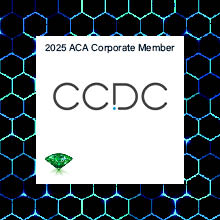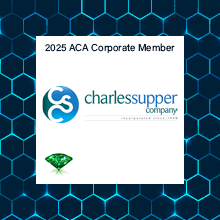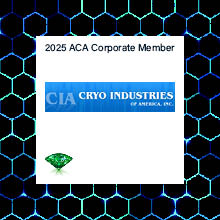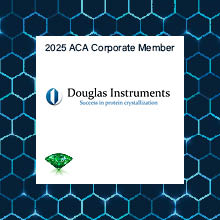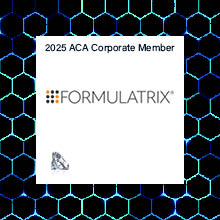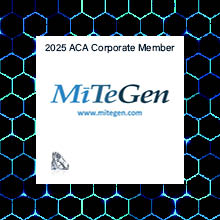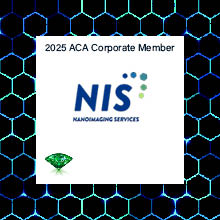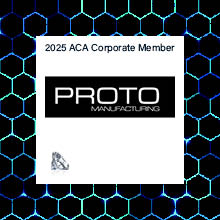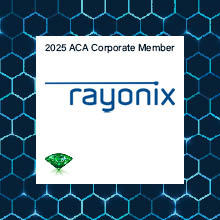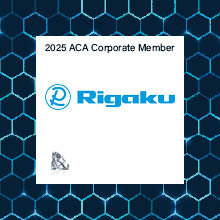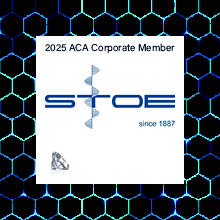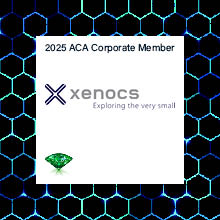- Home
- About ACA
- Publications & Resources
- Programs
- Annual Meeting
- Membership
- ACA History Center
- Media Archive
ACA SIG Officer Candidate 2021: Aaron Brewster
Education/research: BS (2004) Oregon State University, PhD (2010) University of Southern California, Postdoc (2010-2013 University of California Berkeley, Postdoc (2013-2016) Lawrence Berkeley National Laboratory, Project/Research Scientist (2016-present) Lawrence Berkeley National Laboratory
Research interests: all aspects of data processing of serial crystallography at XFELs and synchrotrons, including handling file formats from facilities world-wide, spotfinding, indexing, refinement, integration, merging, error propagation, statistics, real-time feedback, and big data processing using supercomputers. Statement: well-documented, complete metadata is vital for reproducibility and cross-compatibility of data and needs to be a prime focus of beamline scientists and software developers. I was first interested in best practices early in the life of XFELs where file formats were not standardized. I first worked to convert LCLS diffraction data to CBF, using the IUCr ImageCIF standard. With this experience, I later implemented NeXus support for XFEL detectors, consulting with the NIAC, collaborators at DLS and Dectris, and beamline scientists at SwissFEL and EuXFEL. The multi-tile detectors at all these facilities have specific geometries that require precise representation by way of extensive metadata, suitable for representation by NeXus. As part of this work, I contributed example XFEL datasets for the NeXus ‘Gold Standard’ paper in Acta D that will serve as a reference for XFEL and NeXus in the data standards and beamline communities. Recently, I have also joined an mmCIF subgroup on data processing, where I have been working to bring serial crystallography statistics and metadata into the mmCIF standards, specifically for unmerged data deposition. Finally, I am bringing a best practices and standards approach to the 2022 ACA as co-chair of an AI-predicted structures session. AI-produced structures are in the process of revolutionizing our field and it is vital we bring the best practices and standards principles to the table early in the development of this method. This ACA SIG is in a key position to help the field become more broadly aware of the challenges of data archival, storage, fast access, and consistency, and to help the field work towards common solutions. As Chair-elect, I will bring my experience to help the ACA continue to enact policies and recommendations for best practices in computational crystallography. |
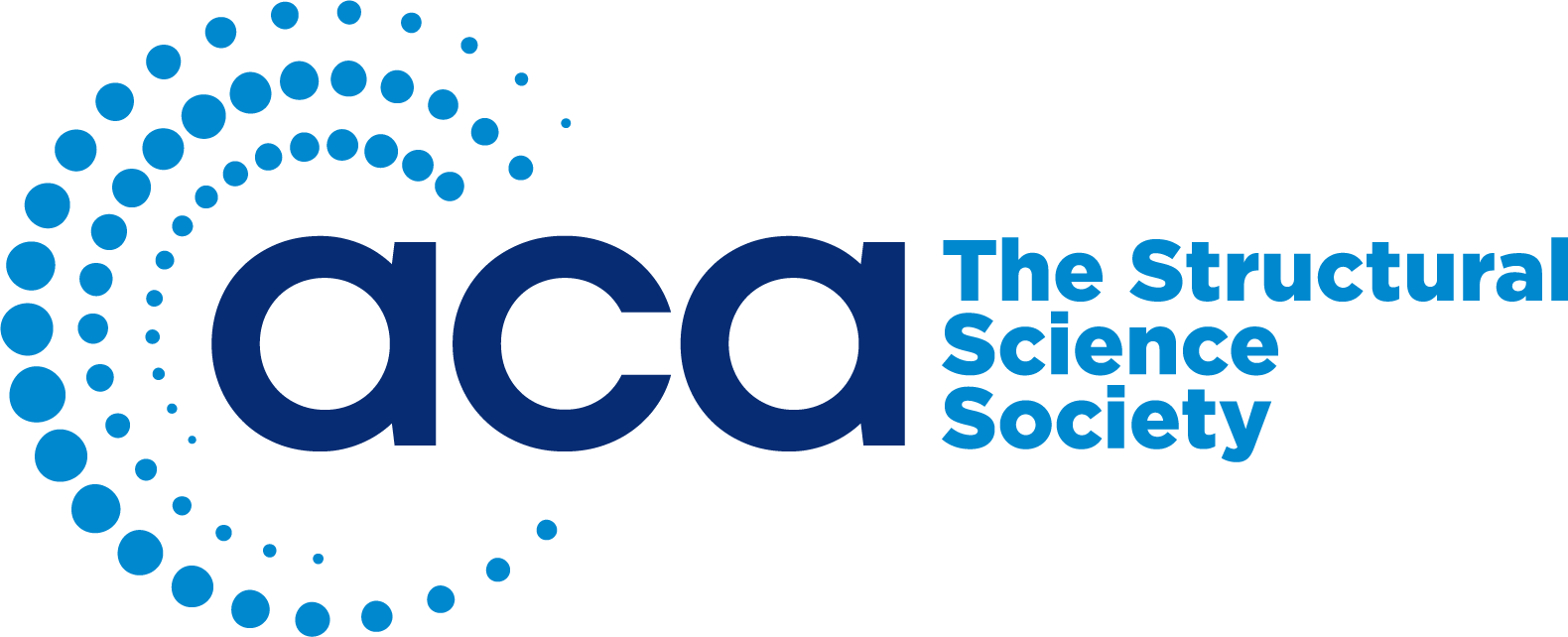
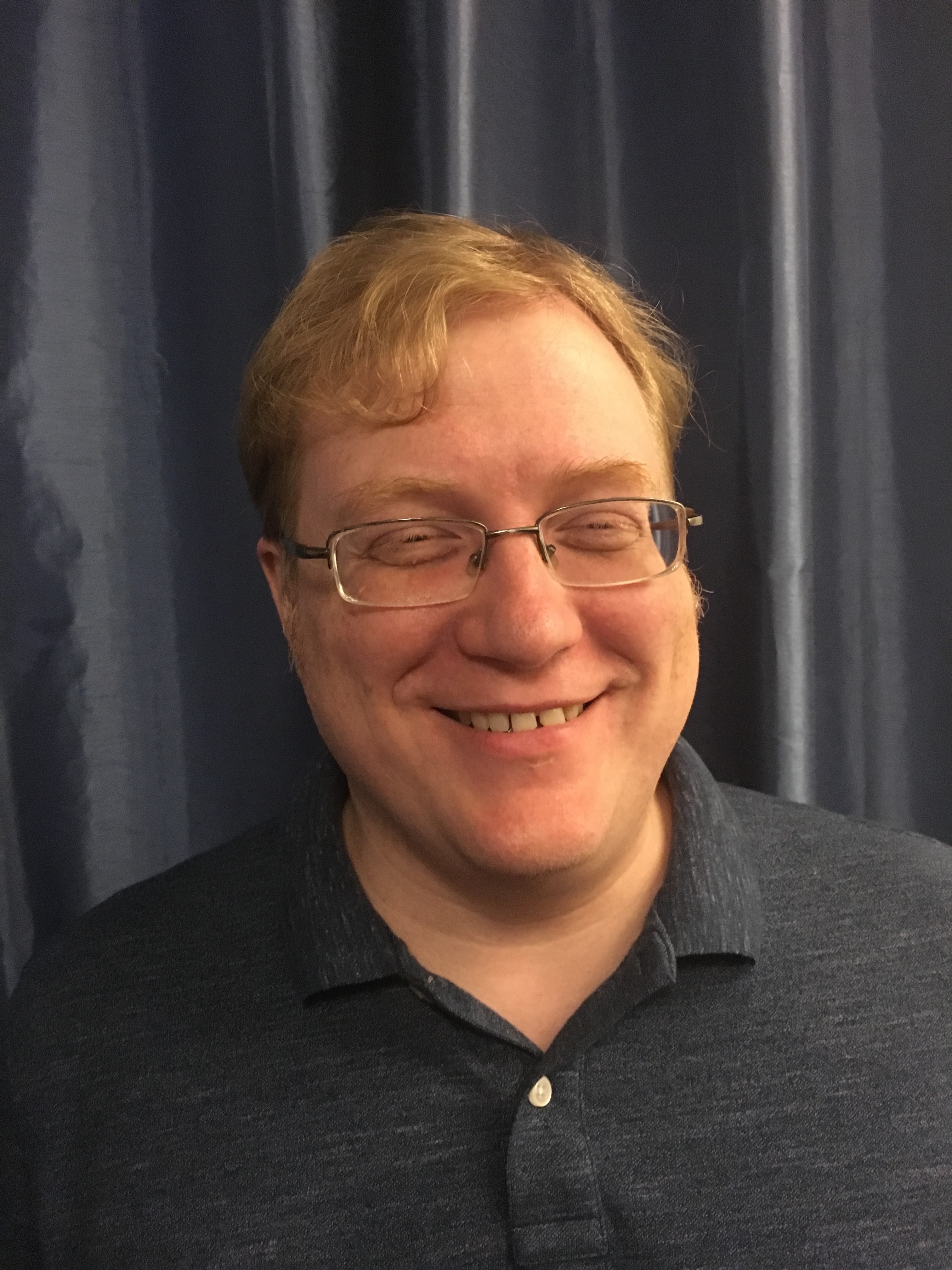 Molecular Biophysics and Integrated Bioimaging, Lawrence Berkeley National Laboratory
Molecular Biophysics and Integrated Bioimaging, Lawrence Berkeley National Laboratory